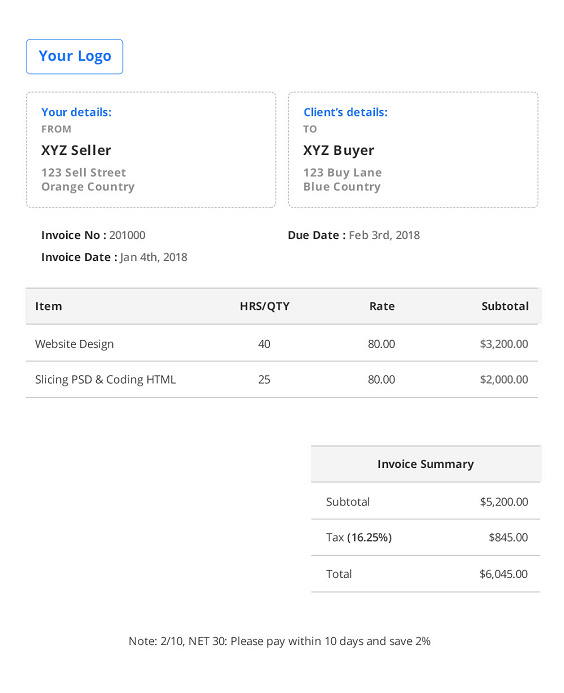Whether it’s you or your client doing the bookkeeping, this checklist will ensure all paperwork is in order before you file.
Introduction
Closing the books is a critical step for every business. It’s the process of finalizing your financial books at the end of an accounting period. While it may seem complicated, it can be streamlined using TieghtSuite, an advanced software solution designed to ease your financial management. This blog post will walk you through a five-step checklist to closing your books using TieghtSuite.
Step 1: Review All Transactions
Start by reviewing all your financial transactions. TieghtSuite offers a comprehensive view of all transactions, from sales and purchases to payroll and overhead expenses. Ensure all transactions are correctly recorded, categorized, and match your bank statements. This step helps in identifying discrepancies, missing transactions, or possible fraudulent activities.
Step 2: Reconcile Your Accounts
The next step is to reconcile all your accounts. With TieghtSuite, you can effortlessly match your transactions with your bank and credit card statements. This ensures that your records align with your financial institution’s and helps you catch any errors or discrepancies. Regular reconciliations also help keep your financial data accurate and up-to-date.
Step 3: Run Financial Reports
Running financial reports is crucial in closing your books. TieghtSuite allows you to generate various financial reports like Profit & Loss statements, Balance Sheets, and Cash Flow statements. These reports give you an insight into your business’s financial health and are essential for making informed business decisions.
Conclusion
Closing the books might seem like a daunting task, but it doesn’t have to be. With TieghtSuite and this five-step checklist, you can simplify the process and ensure your financials are accurate and ready for the next accounting period. Remember, the key to successful book closing lies in being thorough, regular, and proactive in reviewing, reconciling, and reporting your financial data.







